Clear Cases
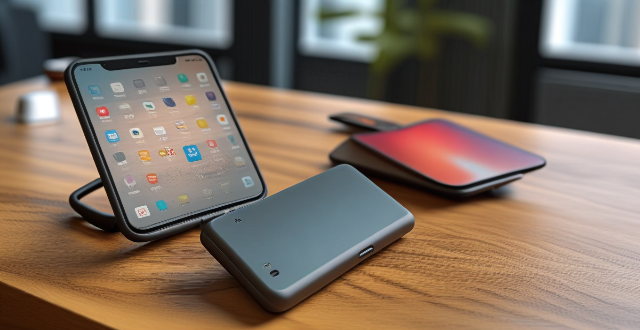
Do clear iPhone cases provide as much protection as opaque ones ?
Clear and opaque iPhone cases both offer protection but differ in durability, drop resistance, and design. Clear cases showcase the phone's design but may scratch more easily, while opaque cases often provide better impact absorption and come in various colors and textures. Materials like polycarbonate, TPU, silicone, rubber, plastic, and metal contribute to the protective qualities of each type. The choice between clear and opaque cases depends on personal preference and desired level of protection.

Are waterproof iPhone cases necessary, or just a gimmick ?
Waterproof iPhone cases are popular, but are they necessary? They protect from water damage, offer peace of mind, and can be more durable than regular cases. However, they are more expensive, bulkier, and may limit phone functionality. The decision to buy one depends on individual needs and circumstances.

What materials are used to make durable iPhone cases ?
Durable iPhone cases are designed to protect your device from drops, scratches, and other types of damage. The materials used to make these cases play a crucial role in determining their durability and effectiveness. In this article, we will explore the different materials used to make durable iPhone cases and discuss their benefits and drawbacks.

What are the best iPhone cases for protection ?
The best iPhone cases for protection include the OtterBox Defender Series, Spigen Tough Armor, UAG Monarch, Speck Presidio2 Pro, Case-Mate Tough Groove, and Incipio Duo. These cases offer features such as durability, drop protection, slim design, military-grade protection, grip, scratch resistance, Microban antimicrobial technology, dual-layer design, impact absorption, two-tone design, and precision fit. Consider these factors when selecting an iPhone case to ensure optimal protection for your device.

Are there any eco-friendly or sustainable options for iPhone cases ?
Eco-friendly and sustainable options for iPhone cases include Pela Case made from plant-based materials, Ecotecture using recycled materials, and Casetify Re/Case made from recycled plastic bottles. Apple's trade-in program and recycling programs also promote sustainability by reducing e-waste. Some companies use eco-friendly packaging materials to reduce waste.
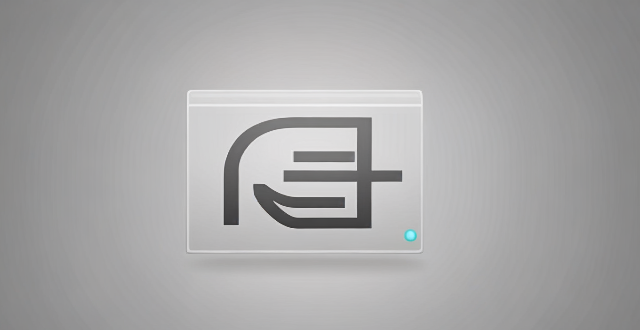
Do clear iPhone screen protectors offer the same protection as tempered glass ones ?
Both clear iPhone screen protectors and tempered glass ones aim to safeguard your device from damage. While both offer protection, they differ in material, construction, and overall capabilities. Tempered glass is generally more durable and resistant to impact and scratches but is also more expensive and challenging to install perfectly. Clear screen protectors are less expensive, easier to apply, and provide good scratch resistance but may need to be replaced more frequently. If you prioritize maximum protection for your iPhone's screen, a tempered glass screen protector would be advisable. However, if you prefer a more affordable and easily replaceable option, a clear screen protector could still serve as a decent barrier against everyday wear and tear.

Are expensive iPhone cases really worth the investment ?
The debate over whether expensive iPhone cases are worth the investment has been ongoing for years. Some argue that spending a significant amount of money on a case is unnecessary, while others believe that the added protection and style make it a worthwhile purchase. In this article, we will explore the pros and cons of investing in an expensive iPhone case.

Can a protective iPhone case prevent damage from drops and falls ?
A protective iPhone case can significantly reduce the risk of damage from drops and falls by providing shock absorption, impact dispersion, raised edges, and durability. There are several types of protective cases available, including rubber, hard plastic, and hybrid cases. When choosing a protective case, consider the material, design, brand reputation, and price to ensure you get the best protection for your device.

How often should I replace my iPhone case to maintain its protective qualities ?
The article discusses the importance of replacing iPhone cases to maintain their protective qualities and suggests different intervals for various types of cases based on signs of wear and tear.

How do I choose an iPhone case that offers both style and safety ?
When selecting an iPhone case, consider factors such as priorities, types of cases, materials, compatibility, reviews, and lifestyle to ensure both style and safety. Types of cases include shells, bumper cases, wallet cases, and waterproof cases. Look for quality materials like rubber, plastic, metal, or leather. Check compatibility with your specific iPhone model and read reviews from other users. Consider your lifestyle to determine the level of protection you need.

How can I find an iPhone case that matches my personal style ?
Finding an iPhone case that matches your personal style is essential for expressing yourself and protecting your device. Here are some tips on how to find the perfect case: 1. Determine Your Style: Identify your personal style preferences, such as minimalist designs or bold patterns, bright colors or neutral shades. 2. Set a Budget: Determine how much you're willing to spend on an iPhone case to focus on options within your price range. 3. Research Online: Browse online retailers like Amazon, eBay, or Etsy to find a wide variety of cases at different price points. Use filters to narrow down your search by style, color, and price. 4. Check Out Brand Websites: Visit popular case brand websites like OtterBox, Speck, or Case-Mate for unique designs and high-quality materials. Also, consider smaller brands like Sonix or Incipio for more affordable options. 5. Visit Retail Stores: Try cases in person before purchasing by visiting retail stores like Best Buy, Target, or Walmart, which typically have a selection of cases from various brands and styles. 6. Look for Customization Options: Consider getting a customizable case if you want something truly unique. Companies like Casetify and DecalGirl offer customizable cases where you can add your own photos, text, or designs. 7. Read Reviews and Ask for Recommendations: Read reviews from other customers to get an idea of the quality and durability of the case. Ask friends or family members for recommendations based on their experiences with certain cases. 8. Consider Functionality: While style is important, don't forget about functionality. Make sure the case offers adequate protection for your iPhone, including shock absorption and scratch resistance. Some cases also come with additional features like built-in screen protectors or card slots. By following these steps, you'll be able to find an iPhone case that not only matches your personal style but also provides the necessary protection for your device.
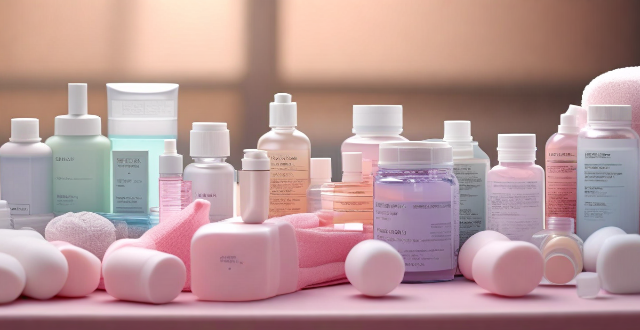
What are the symptoms of COVID-19 ?
COVID-19 is a respiratory illness caused by the SARS-CoV-2 virus. The symptoms of COVID-19 can vary from person to person, but some common symptoms include fever or chills, cough, shortness of breath or difficulty breathing, fatigue or tiredness, muscle or body aches, loss of taste or smell, sore throat, runny nose or congestion, nausea or vomiting, diarrhea, chest pain or pressure, headache, dizziness or lightheadedness, chills and sweats, body aches and pains, red eyes or conjunctivitis (pink eye), skin rash or discoloration (in severe cases), neurological symptoms such as confusion, loss of consciousness, seizures, or paralysis (in severe cases), respiratory distress or difficulty breathing (in severe cases), and death in severe cases (usually due to complications such as pneumonia, acute respiratory distress syndrome (ARDS), multi-organ failure, or cardiac arrest).

How do family courts handle cases related to domestic violence and child custody ?
Family courts play a crucial role in handling cases related to domestic violence and child custody, prioritizing safety, investigating allegations, considering the best interests of the child, making custody decisions, and providing ongoing support and monitoring.

How can educational psychology improve teacher-student relationships ?
Educational psychology can enhance teacher-student relationships by promoting empathy, clear communication, effective classroom management, emotional intelligence, cultural competence, personalized instruction, and collaboration. Understanding diverse student needs, active listening, consistent messaging, feedback, clear boundaries, fair discipline, self-awareness, managing emotions, inclusivity, adaptability, tailored instruction, personalized attention, parental involvement, and peer support are all strategies that contribute to a positive learning environment.
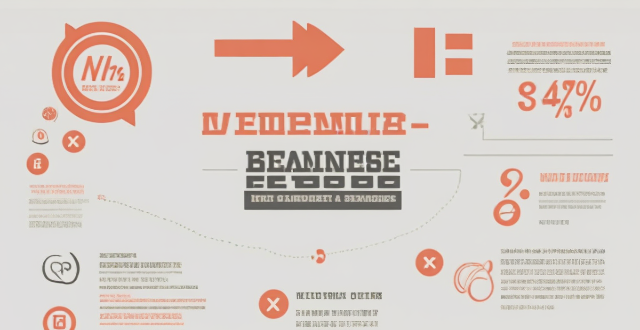
What is the difference between a sample sale and a regular sale ?
The main difference between a Sample Sale and a Regular Sale is that the former is aimed at liquidating old stock, samples, or prototypes that are no longer needed for business operations, while the latter is intended to increase sales volume, attract customers, or clear seasonal merchandise. A sample sale often features more aggressive discounts since the goal is often to clear space rather than make a profit, whereas a regular sale offers new, unused products that are currently in season or about to be phased out.

What equipment do I need to start making unboxing videos ?
To start making unboxing videos, you'll need: 1. A camera or smartphone with at least 1080p resolution, image stabilization, and manual settings for clear, stable footage. 2. A tripod or gimbal to ensure steady shots and easy adjustments. 3. A microphone that provides clear audio and is easily connectable to your recording device. 4. Lighting equipment like softboxes, LED ring lights, and reflectors for even illumination. 5. A simple, clean background that is consistent across videos for brand recognition. 6. User-friendly editing software with features like color correction and audio mixing. 7. Extra accessories such as high-speed memory cards, spare batteries, and lens cleaning kits. 8. Props and tools for unboxing, including a letter opener, gloves, and measurement tools. Remember, while having the right equipment is crucial, your creativity, presentation skills, and consistency in publishing content are also key factors in the success of your unboxing channel.

How can I quickly clear out and organize my desk area ?
Clearing out and organizing your desk area is a task that requires both physical effort and mental clarity. Here are some steps to help you get started: ### Step 1: Remove everything from your desk First, take everything off your desk. This includes papers, pens, books, electronic devices, and any other items that may be cluttering up your workspace. - Papers: File them away or recycle them if they are no longer needed. - Pens and pencils: Place them in a cup or holder. - Books: Store them on a nearby shelf or in a cabinet. - Electronic devices: Unplug them and store them in a safe place. ### Step 2: Clean your desk Once everything is off your desk, it's time to clean it. Use a damp cloth to wipe down the surface of your desk, being sure to get into all the nooks and crannies. If there are any stubborn stains, use a small amount of soap and water to remove them. ### Step 3: Organize your space Now that your desk is clean, it's time to start organizing your space. Here are some tips: - Create zones: Designate specific areas for different tasks. For example, one side of your desk could be for writing and another for computer work. - Use storage containers: Invest in some storage containers or drawer dividers to keep small items organized. - Label everything: Label folders, boxes, and drawers so you know where everything goes. - Keep only what you need: Don't let unnecessary items clutter up your workspace. Only keep what you need within arm's reach. ### Step 4: Maintain your organization Finally, it's important to maintain your newly organized desk area. Make sure to put things back where they belong after each use, and take a few minutes at the end of each day to tidy up your workspace. By doing this, you'll be able to keep your desk area clean and organized for years to come!

How effective are current treatments for virus variants ?
The effectiveness of current treatments for COVID-19 virus variants is a topic of concern. Vaccines, antiviral drugs, and monoclonal antibodies are among the treatments being used. While vaccines have proven effective in preventing severe illness, their effectiveness can vary depending on the variant targeted. Antiviral drugs have shown potential in reducing symptom severity, but their effectiveness against different variants is not yet clear. Monoclonal antibodies have shown promise in treating mild cases, but their effectiveness against variants is still unknown. Ongoing monitoring of treatment effectiveness against emerging variants is crucial for better protection against the disease.
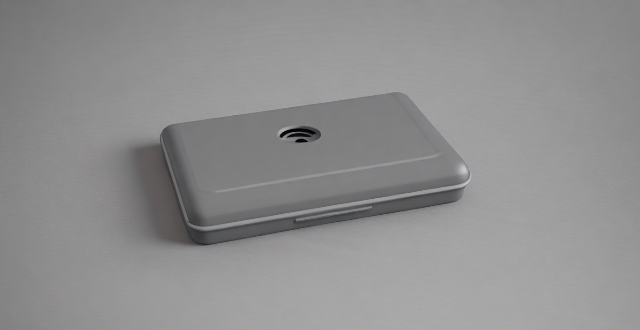
Can I use a case with an iPhone screen protector ?
Using a case with an iPhone screen protector is highly recommended for maximum protection. It enhances protection, extends the device's lifespan, and is cost-effective. When choosing, consider compatibility, material, design, and brand reputation.

Can blockchain technology revolutionize the financial industry ?
Blockchain technology has the potential to revolutionize the financial industry by introducing a decentralized, transparent, and secure way of conducting transactions. In this article, we will explore how blockchain technology can transform the financial sector and discuss its benefits and challenges. Benefits of Blockchain in Finance: - Decentralization: Elimination of intermediaries and increased efficiency. - Transparency: Immutable records and audit trail for regulatory compliance. - Security: Distributed ledger and cryptography ensure secure transactions. Challenges of Blockchain in Finance: - Regulatory uncertainty: Lack of clear regulations and compliance issues. - Scalability: Limited throughput and ongoing research for scaling solutions. - Interoperability: Integration with legacy systems and lack of standardization. Potential Use Cases for Blockchain in Finance: - Payments and Remittances: Faster and cheaper cross-border transactions. - Trade Finance: Streamlined processes and automated smart contracts. - Securities Settlement: Real-time settlement and fractional ownership of assets. In conclusion, blockchain technology has the potential to revolutionize the financial industry by introducing a decentralized, transparent, and secure way of conducting transactions. While there are challenges to overcome, such as regulatory uncertainty, scalability concerns, and interoperability issues, the benefits of blockchain in finance are undeniable. As the technology continues to evolve and mature, we can expect to see increased adoption and innovation in the financial sector powered by blockchain technology.

How can we improve the effectiveness of environmental subsidy policies ?
Environmental subsidies aim to promote sustainable development. Their effectiveness can be enhanced by setting clear objectives, ensuring transparency, adopting market-oriented strategies, maintaining technology neutrality, engaging stakeholders, and employing adaptive management techniques.

What measures are being taken to control the spread of virus variants ?
The emergence of virus variants is a significant concern globally. Various measures are being implemented to control their spread, including surveillance and genomic sequencing, testing and tracing, border controls and travel restrictions, vaccination efforts, public health measures, research and development, and education and messaging. These strategies aim to mitigate the impact of variants and protect populations from more severe outbreaks. It is crucial for everyone to stay informed and continue following public health guidelines to contribute to these efforts.
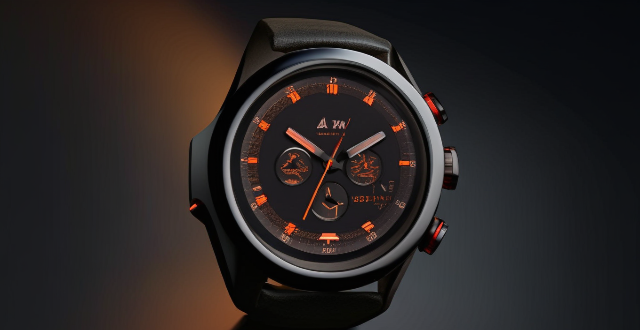
What are the best accessories for Apple Watch ?
The Apple Watch is a versatile and powerful device that can be enhanced with a variety of accessories. Some of the best options available include watch bands, charging docks, screen protectors, waterproof cases, and standalone apps and games. With so many options available, it's easy to customize your watch to fit your needs and style preferences.
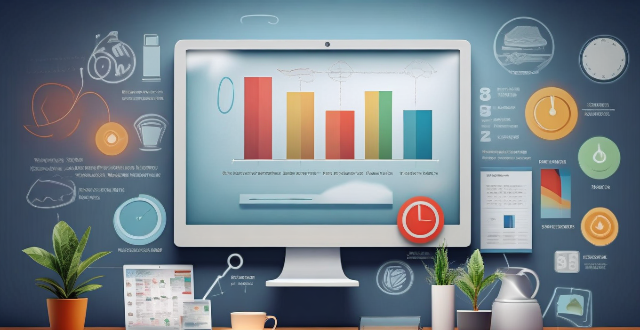
What is the best iPhone screen protector ?
The best iPhone screen protectors include OtterBox Amplify Glass, Spigen NeoFlex, ZAGG InvisibleShield, Tech21 Evo Check, and Belkin Anti-Glare. These options offer features such as durability, sensitivity, transparency, compatibility with cases and Face ID, advanced technology for military-grade protection, customizability, impact protection, bubble-free application, scratch resistance, reduced glare, and increased privacy. When choosing a screen protector, consider your specific needs and preferences to find the one that works best for you.
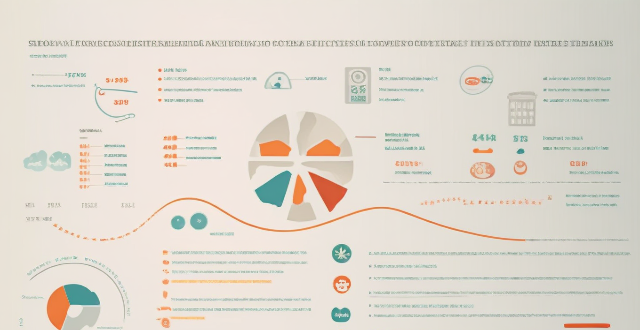
What strategies have been successful in controlling the spread of COVID-19 in other countries ?
Successful strategies in controlling the spread of COVID-19 include early detection and response through testing and contact tracing, stringent lockdown measures, public health campaigns and education, and investment in healthcare infrastructure. Examples of countries that have implemented these strategies effectively include South Korea, New Zealand, Italy, India, Singapore, Germany, and Canada. By learning from these examples, other countries can improve their own responses to the pandemic and work towards containing its spread.